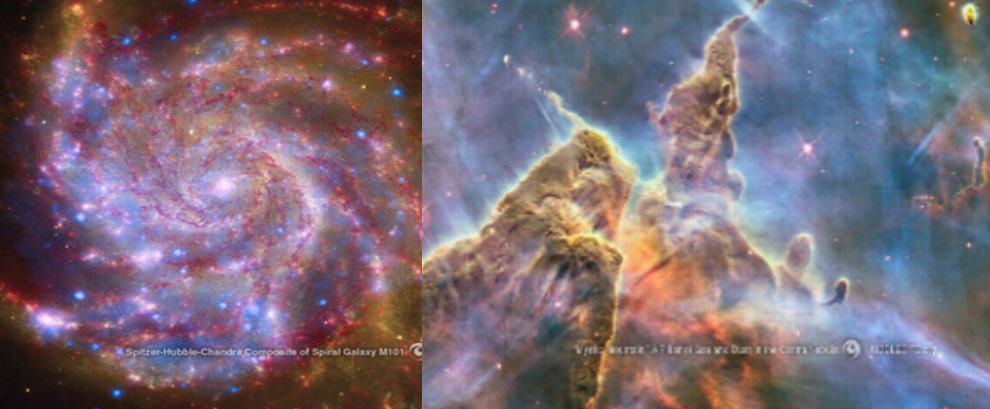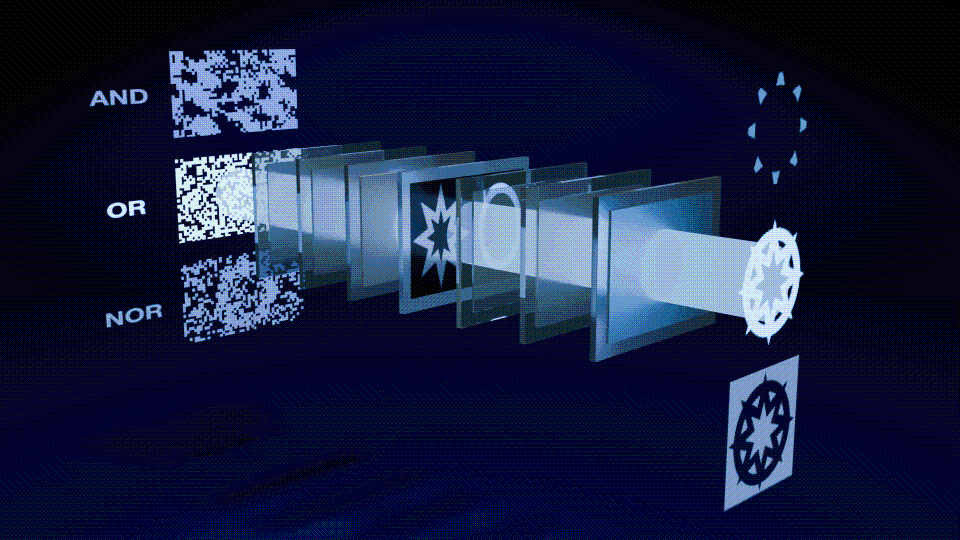
A team of engineers and planetary scientists at Western University’s Institute for Earth and Space Exploration, in Canada, has found that it might be possible to produce food for space travelers by feeding bacteria asteroid material, resulting in the growth of an edible biomass.
In their paper published in the International Journal of Astrobiology, the group describes how they tested the idea by calculating how much asteroid material would be needed and what they found.
Prior research has shown that future spacecraft traveling to remote parts of the solar system or beyond could not possibly hold enough food to sustain astronauts. Such craft could not support the growth of enough food onboard, either.
In this new study, the researchers propose ...
Read More














Recent Comments